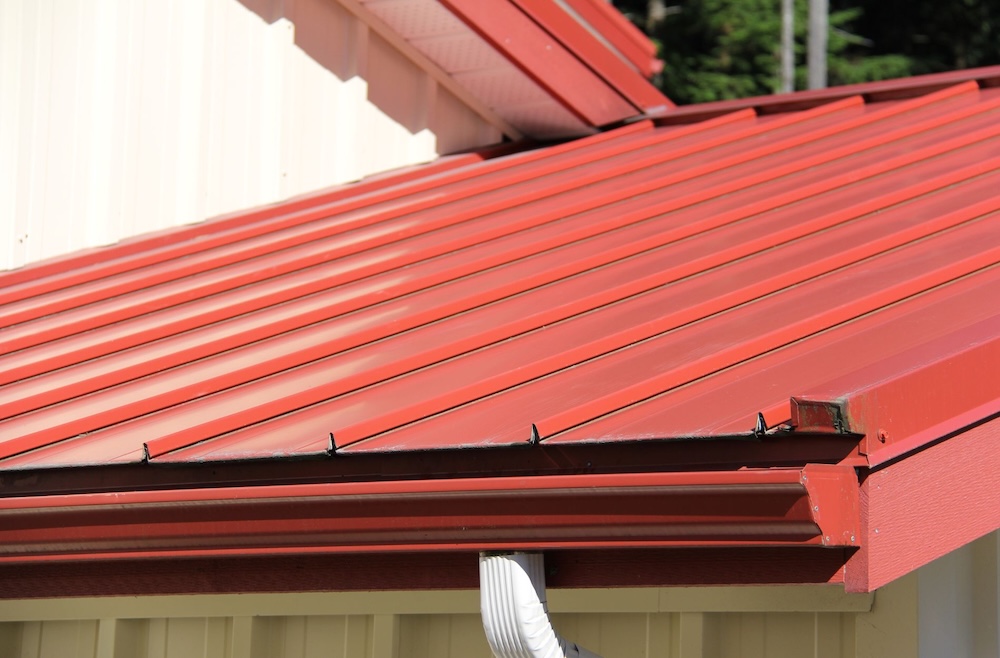Selecting the right roofing material is an important decision for any homeowner. The type of material you choose will impact not just the look of your home but also its protection and long-term value. Different roofing materials offer various benefits and come with their own sets of challenges. Knowing these can help you make the best decision for your needs.
In this article, we’ll delve into these roofing materials to help you decide which is the best fit for your home.
Asphalt Shingles: Affordable and Versatile
Asphalt shingles are one of the most popular roofing materials due to their affordability and versatility. These shingles come in a wide variety of colors and styles, allowing you to customize the look of your home easily. One of the main benefits of asphalt shingles is their cost-effectiveness. They are typically less expensive than other roofing materials, making them an attractive option for budget-conscious homeowners. Additionally, asphalt shingles are relatively easy to install, which helps keep labor costs down.
However, there are some downsides to consider. Asphalt shingles generally have a shorter lifespan compared to other materials. They usually last about 20 to 30 years, depending on the quality of the shingles and the climate they are exposed to. In regions with extreme weather conditions, such as heavy snow or high winds, asphalt shingles may wear out more quickly. Despite their lower initial cost, you may find yourself needing to replace them sooner than you would more durable roofing options.
Metal Roofing: Durable and Energy-Efficient
Metal roofing is known for its exceptional durability and energy efficiency. One of the biggest advantages of metal roofing is its longevity. A metal roof can last anywhere from 40 to 70 years with proper maintenance. This makes it a long-term investment, saving you money on frequent replacements. Metal roofs are also highly resistant to harsh weather conditions, including strong winds, heavy rain, and snow. They are less likely to crack, warp, or erode, providing excellent protection for your home.
Another major benefit of metal roofing is its energy efficiency. Metal roofs reflect solar heat, which can reduce cooling costs by up to 25% during the summer months. However, the upfront cost of metal roofing can be a drawback. Metal roofs are more expensive to install compared to other materials like asphalt shingles. The cost includes both the materials and the specialized labor required for installation. Additionally, metal roofs can be noisy during heavy rain or hailstorms, which might be a concern for some homeowners. Despite these drawbacks, the long-term savings and durability make metal roofing a compelling option.
How Weather Conditions Affect Your Roof
Weather plays a big role in the condition of your roof. Storms can cause significant damage very quickly. High winds can rip off shingles or tiles, leaving your roof exposed to further damage. Heavy rain can exploit any weaknesses in your roof, leading to leaks and water damage inside your home. Keep an eye on your roof after any big storm to catch and fix damage before it worsens.
Extreme temperatures also affect your roof’s health. In hot climates, the sun can cause shingles to crack and deteriorate faster. This damage makes your roof less effective at protecting your home. On the other hand, cold climates bring issues like ice dams, which form when snow melts and then refreezes at the edges of your roof. Ice dams can block proper drainage, leading to water seeping under your roofing materials and into your home. Understanding how weather impacts your roof helps you take steps to protect it year-round.
Steps to Take When You Notice Roof Damage
If you spot any damage to your roof, it’s crucial to act quickly. First, document the damage. Take clear photos of any visible issues, both from the exterior and interior of your home. This documentation will be helpful if you need to file an insurance claim. Next, contact a professional roofing contractor for an inspection. They can provide a detailed assessment and recommend the necessary repairs.
While waiting for professional help, take temporary measures to minimize further damage. Use a tarp to cover any exposed areas to prevent water from seeping in. Move any valuable items away from areas where leaks are happening inside your home. Once a professional like Mega Pro assesses the damage, they will offer a repair plan and estimate. Acting quickly can save you from costly repairs down the line and keep your home safe and dry.
Conclusion
Knowing the signs of roof damage is essential for every homeowner. By keeping an eye out for both exterior and interior indicators, understanding how weather affects your roof, and taking prompt action when issues arise, you can protect your home from further harm. Regular inspections and timely repairs ensure your roof remains in good condition, safeguarding your home and family.
When you spot signs of roof damage, don’t wait. Contact Mega Pro for a professional roof repair service. Let us help you keep your roof in top shape. Schedule your consultation today!


